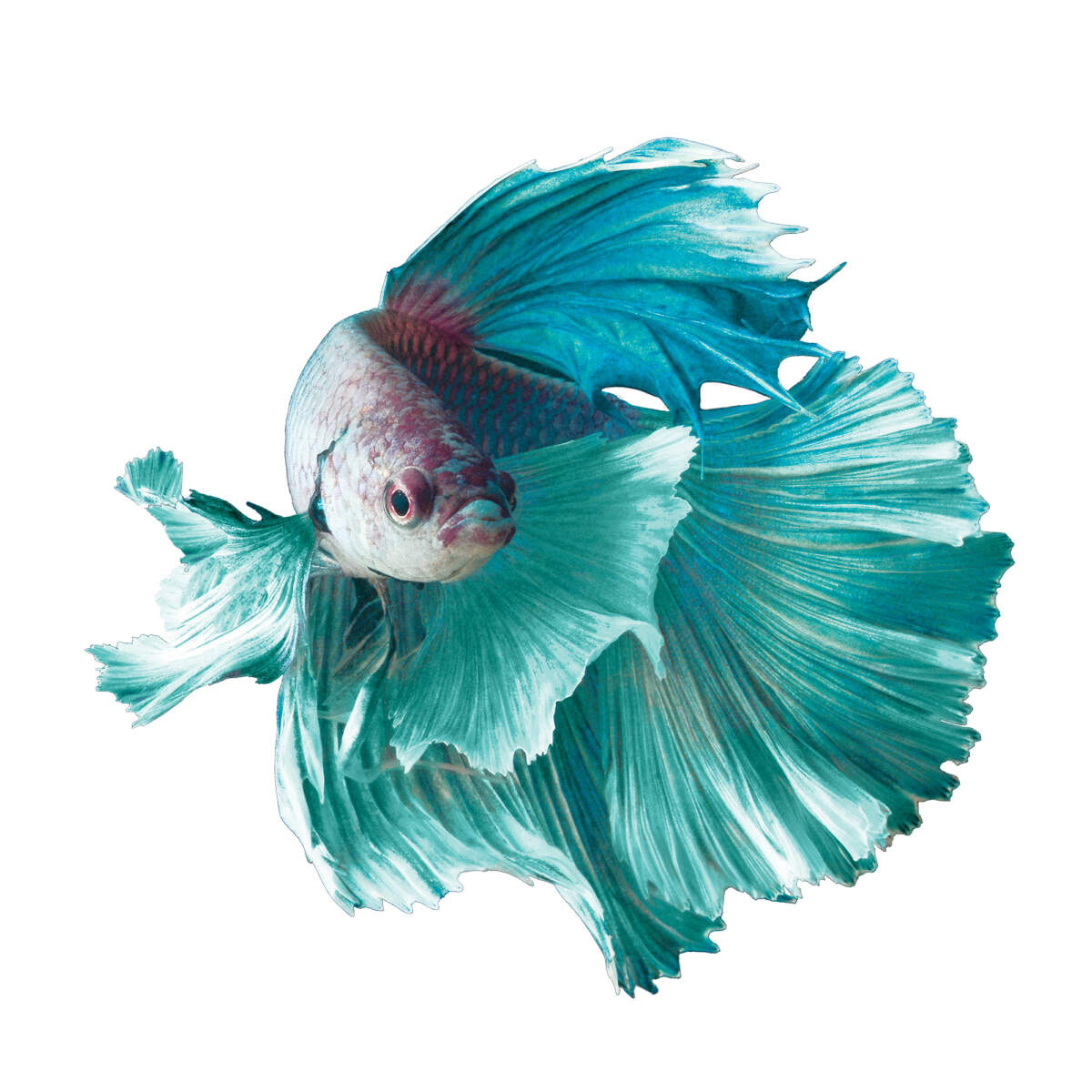Betta Fish Treatment: Vital Tips for a Healthy and Pleased Animal
Wiki Article
How to Breed Betta Fish Successfully: Specialist Methods and Insights for Hobbyists Aiming To Expand Their Betta Collection
Reproducing Betta fish needs a nuanced understanding of genes and ecological problems, making it crucial for hobbyists to approach the process with both persistance and care. Producing an ideal reproduction environment, picking the right pairs, and observing the complexities of their courtship habits are foundational actions that can significantly influence the result. Moreover, the subsequent treatment of the fry is critical for ensuring their healthy growth. As we discover these vital parts, it becomes clear that effective reproduction is not simply about the initial pairing but incorporates a broader technique that qualities cautious consideration.Recognizing Betta Fish Genetics
Recognizing the genes of Betta fish is vital for effective breeding, as it influences traits such as shade, fin form, and habits. Betta fish exhibit a varied selection of shades and patterns, mainly figured out by their genetic makeup.In addition to pigmentation, fin morphology is one more significant facet of Betta genes (betta fish). The sizes and shape of fins are influenced by different genes, consisting of those that figure out whether the fins are short, long, or veil-shaped. Recognizing these genetic variations helps dog breeders anticipate the phenotypic end results of their offspring
In addition, behavior characteristics such as aggression and territoriality can likewise be influenced by genes. These habits play a vital duty in the breeding procedure, as they can impact generating success and the overall personality of the resulting fry. By thoroughly comprehending these genetic concepts, breeders can make enlightened decisions, inevitably enhancing their reproduction programs and achieving preferable results.
Preparing the Reproduction Environment
Creating an ideal reproduction environment is important for the effective recreation of Betta fish. The initial step in preparing this atmosphere is to pick an appropriate breeding storage tank, preferably varying from 5 to 10 gallons.Following, consider making use of a sponge filter or an air rock to give gentle water circulation without producing solid currents that can emphasize the fish. It is vital to set up plants or reproducing cones to supply hiding spots and promote comfort for the woman throughout the spawning procedure. Drifting plants, such as Java moss or water sprite, can likewise develop a more native environment while assisting in bubble nest structure by the male.
Before introducing the breeding pairs, guarantee the water is conditioned and devoid of dangerous chemicals, such as chlorine or hefty steels. betta fish. Routine water modifications must be performed to preserve ideal water high quality, improving the chances of successful reproduction. With these prep work in position, the reproducing atmosphere will certainly support the health and well-being of both Betta fish
Selecting Breeding Pairs
Picking the appropriate reproduction pairs is important for accomplishing successful Betta fish reproduction. When selecting your breeding pairs, consider a number of essential elements including wellness, character, and genetics. Healthy and balanced Betta fish show vibrant shades, clear eyes, and energetic behavior. Picking fish that are cost-free from illness guarantees a better opportunity of producing viable children.Temperament is an additional this article vital consideration, as Betta fish are known for their hostile nature. It is recommended to select a man and female that show compatible personalities to reduce stress and anxiety during the reproducing process. A tranquil male can motivate a smoother courtship, while a woman that is also aggressive might disrupt the procedure.
Hereditary background likewise plays a significant function in the top quality of the offspring. Reproducing fish that are genetically varied can decrease the threat of hereditary health and wellness issues and improve the total vitality of the fry. It is helpful to research the lineage of both the man and female, concentrating on desirable traits such as fin kind, color scheme, and size.
The Reproduction Refine
The breeding process of Betta fish needs mindful preparation and attention More Info to detail to ensure an effective result. Initially, it is important to prepare an appropriate reproduction tank, ideally a 5-10 gallon aquarium with a temperature preserved at 78-80 ° F. The tank ought to be furnished with a heating system, filter (ideally sponge kind to stay clear of solid currents), and lots of marine plants for the lady to conceal.As soon as the setting is established, introduce the selected breeding pair to the tank, allowing them to adapt. Observe their actions; the man will certainly present sophisticated courtship routines, consisting of flaring his fins and developing a bubble nest. If the woman shows rate of interest, she will display vertical red stripes showing preparedness for spawning.
When the female is responsive, the set will involve in a breeding embrace, throughout which the male feeds the eggs. Maintaining optimum water conditions during this duration is vital for the development of healthy and balanced Betta additional hints fry.
Caring for Betta Fry
:strip_icc()/how-long-do-bettas-live-1380782-hero-813aa5d34bab48cdb333edfe02471dad.jpg)
Feeding Betta fry is critical, as they require a diet high in protein. Originally, they can be fed infusoria or fluid fry food, transitioning to finely crushed premium pellets as they expand. Feed tiny sections multiple times a day to encourage healthy growth without overwhelming the storage tank with leftover food.

As they grow, monitor their development carefully and divide any type of hostile people to avoid injury. By offering a supporting environment and correct nutrition, enthusiasts can successfully increase Betta fry right into lively, healthy and balanced fish, eventually boosting their breeding undertakings.
Conclusion
Successful Betta fish breeding requires precise interest to hereditary choice, ecological problems, and treatment for the fry. By recognizing the genes of Betta fish and preparing an appropriate breeding environment, hobbyists can enhance the chances of creating dynamic, healthy offspring.Report this wiki page